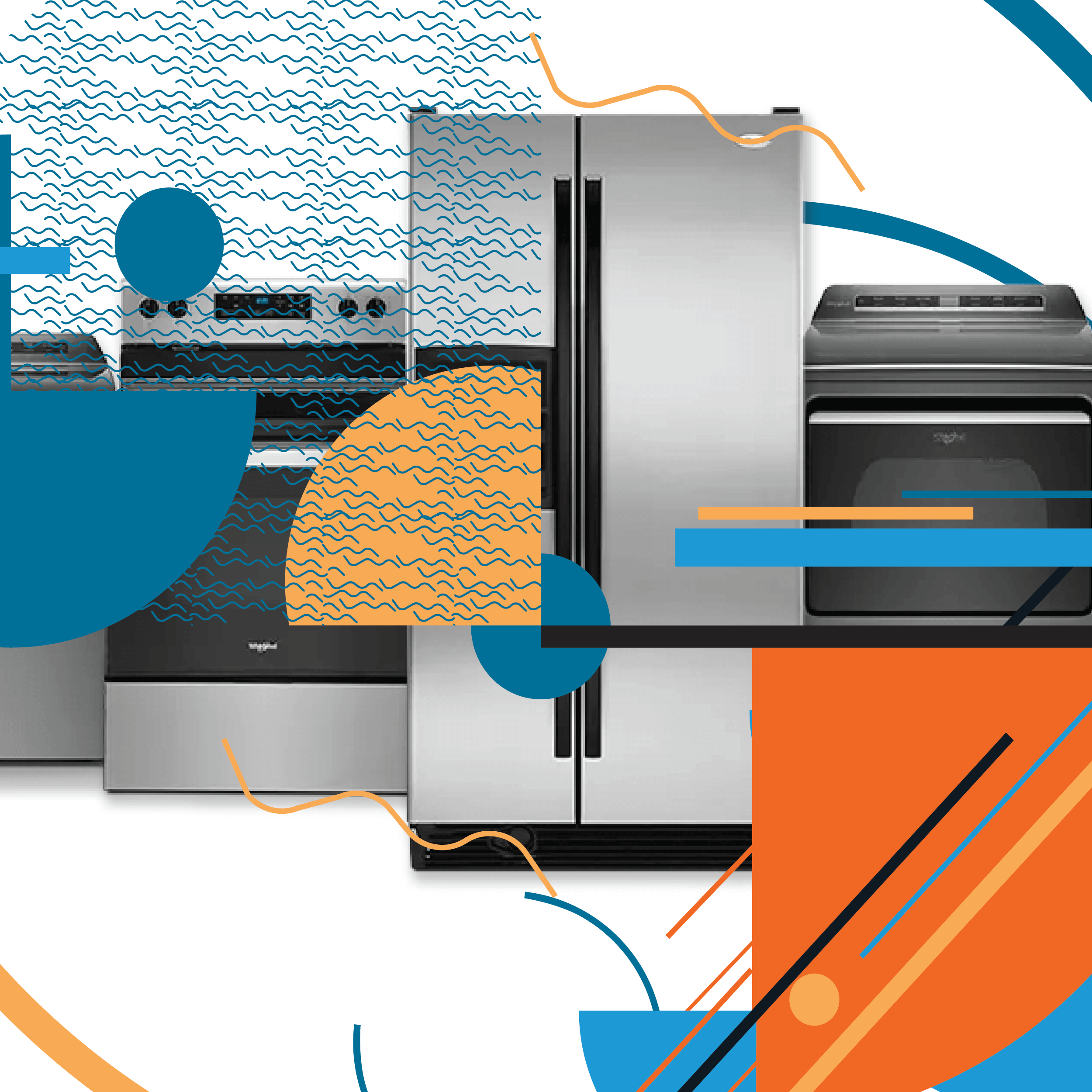
Electricity efficiency has come a long way, with access to cleaner and more innovative technologies being developed. Common household appliances are the main consumer of energy, and with rising utility costs, it’s no wonder homeowners are hoping to cut down their energy usage.
The United States Environmental Protection Agency (US EPA) indicates most household appliances have EnergyStar approved models, meaning they meet qualifications set by the EPA. For example, refrigerators must be at least 15% more efficient than the minimum federal standard, televisions must consume three watts or less while powered off (instead of the average six watts), products have a low power “sleep” mode, and others.
All appliances will use energy, no matter how efficient they become, so the question is, how much are they using, and how much does it cost?
Definitions to Know and Common Electricity Conversions
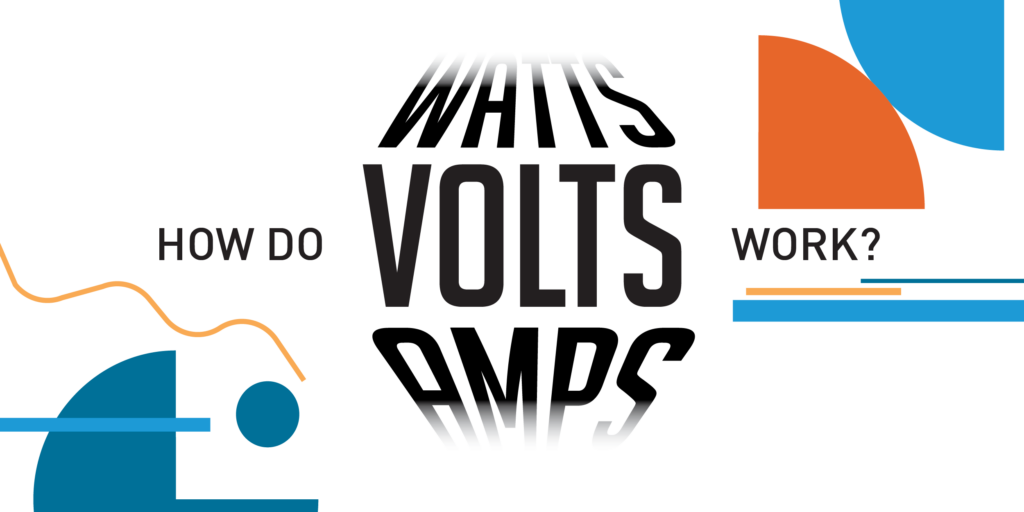
The amount of energy an appliance uses is calculated based on the wattage of the appliance and the hours of usage, and all appliances’ electricity usage is subjective to the age, size, usage, and type.
- Watt (W): rate of energy consumption
- Volts (V): short for “voltage,” used to measure electrical pressure differences (the speed of electricity passing through a circuit)
- Amps (A): short for “ampere,” used to measure electrical current (number of electrons flowing through a circuit)
- Watt hour (Wh)/Kilowatt hour (kWh): a unit used to measure the rate of electricity over time
To find an estimate of your home’s energy usage and cost, you can use a website like energyusecalculator.com or contact your local utility company, as all numbers used in this example are hypothetical and do not factor in regional, size, or usage differences.
Most appliances have a yellow energy guide indicating the watts and estimated yearly operating cost. With these guides, you can determine the amps and volts used by your household appliance(s).
1. Multiply the label’s kWh of estimated yearly energy consumption by 1,000 to determine the watt-hours.
If the estimated yearly use was 100 kWh, it equals 100,000 Wh
2. Divide the Wh by the number of days in the year (365).
100,000/365 = 273.97 Wh per day
3. Divide this by the hours in the day (24) to get your average hourly wattage.
273.97/24 = 11.42 watts
4. Divide the average hourly wattage by the outlet voltage.
120-volt outlets are common for larger appliances. 11.42/120 = 0.095 amps.
5. Then, you can find the volts of your appliances by dividing watts/amps.
11.42/0.095 = 120.2 volts
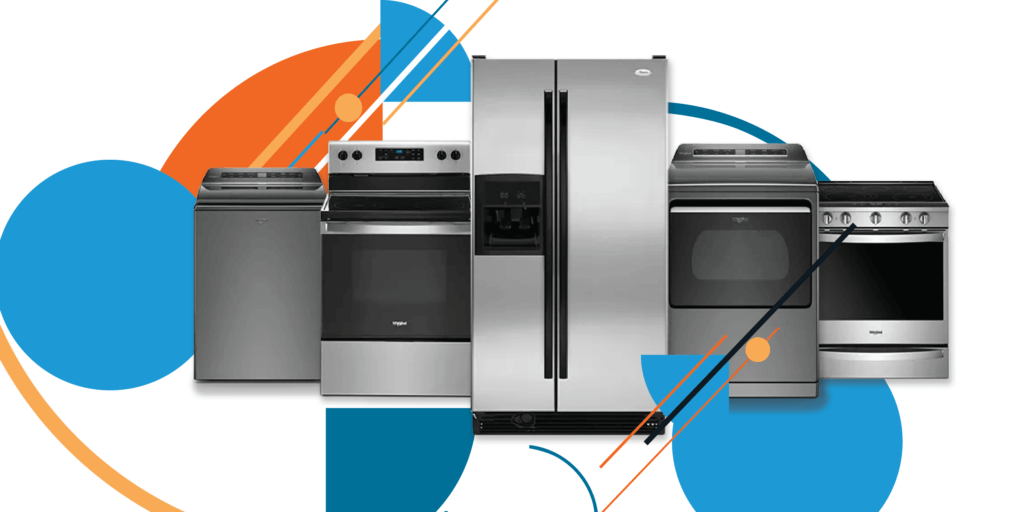
Refrigerators
On average, refrigerators can use between 300-800 watts of electricity, depending on the size and age. However, the actual usage is typically less than their stated wattage because they cycle on and off, especially as more efficient models become available. You can divide your refrigerator’s stated wattage by three to find a more accurate estimate accounting for those cycles.
For example, if you have a 250-watt refrigerator that cycles its power on one hour every four hours, it will use approximately 2.1 kWh of electricity per day.
How much does it cost to run a refrigerator with your calculated wattage range?
While this varies based on location and local energy costs, the average monthly cost is $20.00, and it is typically one of most expensive appliances because of its regulated, but consistent power needs. The cost per year is lower with new models released because they are more efficient, despite energy costs continuing to increase each year.
Washing Machine and Clothing Dryer
Like other appliances, the model of washer and dryer you have will change the energy usage. The range for washing machines is between 400 to 1,400 watts, with older models using more electricity to achieve the same result.
The range is even wider for dryers, with usage between 1,500 and 5,000 watts of electricity.
What is the average yearly cost of using a washer and dryer?
For both household appliances, the average cost per year to run these machines three times weekly averages to about $95.00. This can be largely reduced by using them less and upgrading to newer equipment, specifically EnergyStar rated.
Using the Energy Use Calculator, a 500-watt washing machine used for two hours a day uses 1 kWh of electricity per day. A 3,000-watt dryer used for the same amount of time uses 6 kWh of electricity per day.
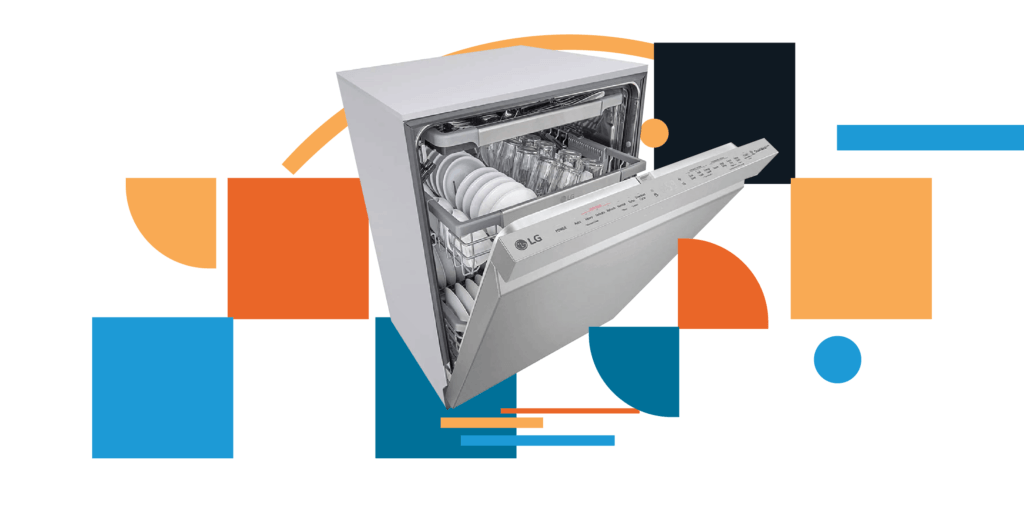
Dishwasher
Dishwashers are one of the least expensive appliances that use electricity. Even older models, not EnergyStar rated, are inexpensive – for a 1,200–watt model and a run time of one hour, about 1.2 kWh are used. For example, if you were paying 10 cents per kWh for electricity, it would cost about 12 cents.
How much does it cost to run a dishwasher?
For dishwasher costs, though, it is important to remember to factor in water usage and heating. If you need your water to heat to 40-50 degrees, it can double your monthly costs depending on the amount of water used. Older EnergyStar model dishwashers use about five gallons of water, and newer EnergyStar models use as little as 3.2 gallons of water per wash cycle. By using less water, costs continue to decrease, making your dishwasher cheaper to run. An 1,800-watt dishwasher used for one hour a day will use 1.8 kWh per day, not accounting for changes in water heating and usage.
Television
Televisions have the most variance in wattage because of the many different sizes and qualities available. Typically, they can range from 50 to 300 watts. A safe average to accommodate differences is about 100 watts for newer televisions from most manufacturers.
How do different televisions use energy differently?
Using a 150-watt, 50-inch LCD television for three hours a day, every day, uses about 165 kWh of electricity each year (0.45 kWh a day). The type of display on the television, the screen size, and calibration for energy saving performance can affect the wattage and vary the usage.
EnergyStar televisions use a maximum of three watts when powered off, ensuring less phantom energy usage.
Phantom energy: energy not being actively used, but the appliance is still consuming electricity, and applies to most electronics plugged into an outlet. Smart power strips have been introduced to help cut the energy usage down even more, stopping the connection so power will no longer be transferred.
Air Conditioning
A more expensive appliance, especially in regions with warmer climates, air conditioning (AC) units can use between 500 and 4,000 watts of electricity. This can vary depending on the type of unit installed.
What is the average cost of each air conditioning system per month?
The average cost to run a central AC system is about $98.00 each month, and a window AC unit is about $27.00 each month. Both costs add up, and with progressing efficiency, air conditioning often accounts for a large part of monthly utility costs per household.
For instance, a central air conditioner measured at 4,000 watts running for 9 hours a day will use 36 kWh per day. It is easy to see how this usage can add up costs quickly.
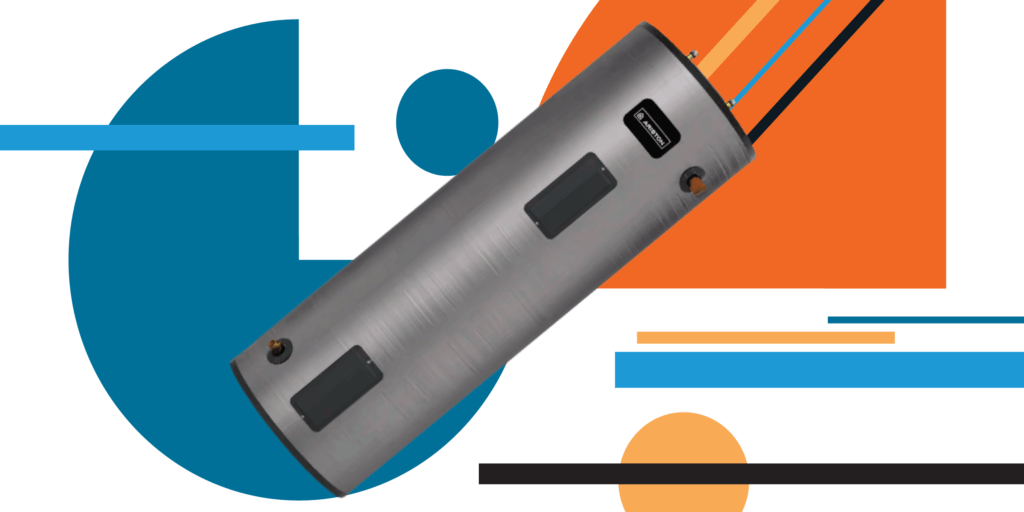
Water Heater
A typical 50-gallon, electric water heater uses about 4,500 watts of energy, and account for about 20% of total home energy usage according to the US Department of Energy.
Electric water heaters, on average, run for about three hours a day, but newer, more efficient models may produce the same amount of heat in less time. Additionally, energy usage can vary based on the size, temperature, and water usage.
How much energy does a water heater use each day?
When heating water for three hours a day, a 4,500-watt electric water heater will use about 13.5 kWh per day.
How Much Electricity Does a Home Use?
With all appliances added together, even the small contributors add up. The average kWh yearly usage in United States per home is about 10,715 kWh. Larger appliances use more energy, but there are ways to reduce your energy usage, including updating old appliances, being energy conscious, and producing your own clean, renewable energy.
Switching to a Different Energy Source
Utility costs are often a nuisance, an added monthly payment which seems to get more and more expensive. However, when homeowners invest in a custom solar panel system for their home, they can reduce utility costs and produce their own energy.
How many solar panels are needed to power a home?
With all of these appliances, utility bills can stack up. With solar panels, depending on system size, homeowners can meet 100% of their energy needs! The average home needs 17-21 solar panels to cover their electricity usage.
Blue Raven Solar is one of the top solar installation companies in the nation, working with customers to determine the best ways to reduce their utility costs and transition to solar. Homeowners can receive a customized savings report and talk through a unique proposal created for their home with one of our solar experts.
Find out how much you can save by making the solar switch today!
Sources:
- https://news.energysage.com/how-many-watts-does-it-take-to-run-a-house/
- https://news.energysage.com/how-many-watts-does-a-refrigerator-use/
- https://www.energystar.gov/products/what_makes_product_energy_star
- https://energyusecalculator.com/electricity_dishwasher.htm
- https://www.energy.gov/energysaver/water-heating
- https://www.energysage.com/solar/solar-101/how-many-solar-panels-do-i-need/



Sorry, the comment form is closed at this time.